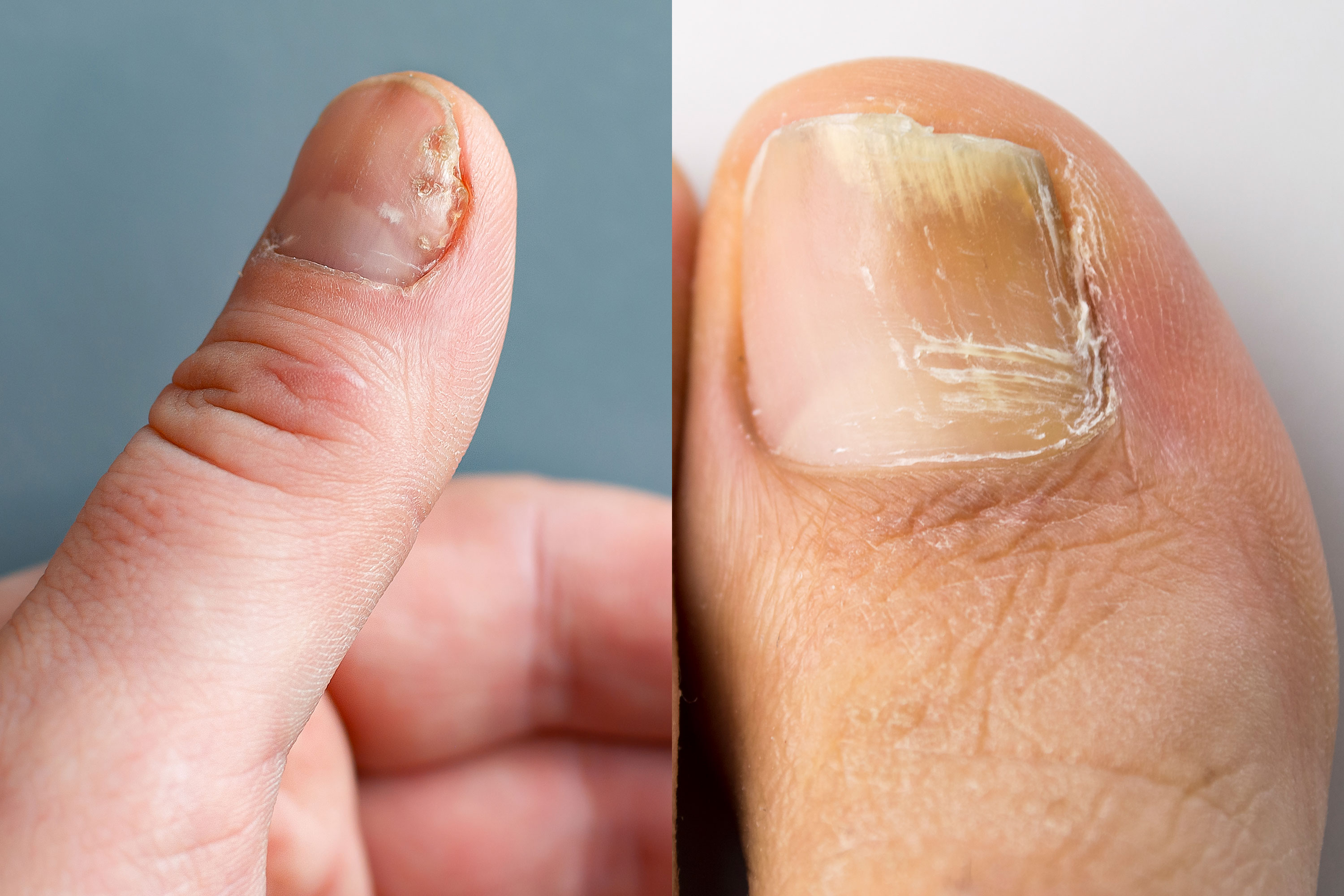In this comprehensive guide, we will discuss everything you need to know about identifying and treating nail psoriasis. Nail psoriasis is a common condition that affects many people, causing changes in the appearance and texture of the nails. If left untreated, nail psoriasis can lead to discomfort and pain, so it is important to recognize the symptoms and seek appropriate treatment. Let's dive into the details of how to identify nail psoriasis and the best treatments available.
What is Nail Psoriasis?
Nail psoriasis is a condition that occurs when psoriasis affects the skin around and under the nails. It can cause discoloration, pitting, and thickening of the nails, as well as nail separation from the nail bed. People with psoriasis elsewhere on their body are more likely to develop nail psoriasis. However, it is important to note that not everyone with psoriasis will experience nail involvement.
Symptoms of Nail Psoriasis:
- Discoloration of the nails
- Pitting or small dents in the nails
- Thickening of the nails
- Nail separation from the nail bed
- Crumbling or crumbling nails
- Pain or discomfort
How to Identify Nail Psoriasis
If you suspect that you may have nail psoriasis, it is important to consult a dermatologist for a proper diagnosis. A dermatologist will be able to examine your nails and skin, and may also take a skin biopsy to confirm the presence of psoriasis. In some cases, nail psoriasis can be mistaken for a fungal infection, so it is important to get an accurate diagnosis before starting treatment.
Tips for Identifying Nail Psoriasis:
- Look for changes in the color or texture of your nails.
- Pay attention to any pain or discomfort in your nails.
- Keep track of any nail pitting or separation from the nail bed.
Treatments for Nail Psoriasis
There are several treatment options available for nail psoriasis, depending on the severity of the condition. In mild cases, topical treatments such as corticosteroids or calcipotriene may be prescribed. For more severe cases, oral medications or biologic injections may be recommended. It is important to work closely with your dermatologist to find the best treatment plan for your individual needs.
Treatment Options for Nail Psoriasis:
- Topical corticosteroids
- Calcipotriene
- Oral medications
- Biologic injections
- Phototherapy
Lifestyle Changes for Managing Nail Psoriasis
In addition to medical treatments, there are also lifestyle changes that can help manage nail psoriasis and prevent flare-ups. Keeping your nails trimmed and clean, wearing protective gloves when doing manual labor, and avoiding harsh chemicals can all help to improve the health of your nails. It is also important to maintain a healthy diet and manage stress levels, as these factors can contribute to flare-ups of psoriasis.
Tips for Managing Nail Psoriasis:
- Keep your nails trimmed and clean
- Wear protective gloves when doing manual labor
- Avoid harsh chemicals
- Maintain a healthy diet
- Manage stress levels
In conclusion, nail psoriasis is a common condition that can cause changes in the appearance and texture of the nails. By knowing how to identify nail psoriasis and seeking appropriate treatment, you can effectively manage the condition and prevent discomfort and pain. If you suspect that you may have nail psoriasis, consult a dermatologist for a proper diagnosis and treatment plan tailored to your individual needs. With the right care and attention, you can keep your nails healthy and psoriasis-free.







0 Comments